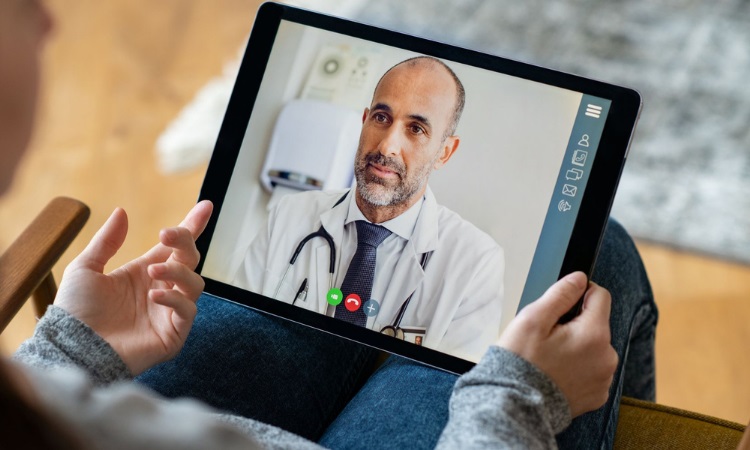Best Physical Health Exercises at Home
Health is our biggest wealth, but in today’s fast-moving lifestyle, many people struggle to find time for gyms or fitness centers. The good news is that you don’t need expensive equipment or fancy setups to stay fit. With consistency and the right exercises, you can maintain great physical health from the comfort of your home.
Home exercises save time, money, and allow flexibility—you can train whenever it suits you. More importantly, regular physical activity boosts energy, improves mood, strengthens the immune system, and helps maintain a healthy body weight. In this article, we’ll explore the best physical health exercises at home that are simple, effective, and require little to no equipment.
1. Warm-Up (The Essential First Step)
Before jumping into exercises, always warm up to prepare your body and avoid injury.
Simple warm-up ideas:
- 2 minutes of jogging in place.
- Arm and shoulder rotations.
- Light stretching for legs and back.
Warming up increases blood flow, loosens muscles, and helps you perform better.
2. Push-Ups (Upper Body Strength)
Push-ups are a classic and highly effective exercise for the chest, shoulders, arms, and core.
How to do it:
- Start in a plank position with your hands shoulder-width apart.
- Lower your body until your chest almost touches the floor.
- Push back up while keeping your body straight.
Benefits: Builds muscle strength, improves posture, and increases stamina.
Beginner tip: If regular push-ups feel tough, start with knee push-ups.
3. Squats (Lower Body Power)
Squats are one of the best exercises for strengthening your legs, hips, and glutes.
How to do it:
- Stand with feet shoulder-width apart.
- Push your hips back and bend your knees like you’re sitting on a chair.
- Go down until thighs are parallel to the floor, then stand back up.
Benefits: Improves leg strength, balance, and flexibility.
Variation: Try jump squats for added cardio.
4. Plank (Core Strength)
A strong core is the foundation of physical health, and planks are excellent for building it.
How to do it:
- Get into a push-up position, but rest on your forearms instead of hands.
- Keep your body in a straight line from head to heels.
- Hold this position as long as possible.
Benefits: Strengthens abs, back, and stabilizes the entire body.
Beginner tip: Start with 15–20 seconds and gradually increase time.
5. Lunges (Leg and Hip Stability)
Lunges are great for toning the thighs, hips, and improving balance.
How to do it:
- Stand upright, step forward with one leg, and bend both knees at a 90° angle.
- Push back to the starting position.
- Repeat with the other leg.
Benefits: Builds strength, flexibility, and improves body coordination.
6. Jumping Jacks (Cardio Fitness)
A fun and effective exercise that boosts heart health.
How to do it:
- Stand upright with arms at your sides.
- Jump and spread your legs while raising your arms overhead.
- Jump back to the starting position.
Benefits: Burns calories, improves circulation, and warms up muscles.
Tip: Do it for 30–60 seconds to raise your heart rate.
7. Glute Bridges (Lower Back & Core Support)
This simple move strengthens your glutes and lower back.
How to do it:
- Lie on your back with knees bent and feet flat.
- Lift your hips upward until your body forms a straight line from shoulders to knees.
- Lower back down slowly.
Benefits: Reduces back pain, strengthens hips, and tones glutes.
8. High Knees (Cardio & Agility)
High knees are excellent for cardio and improving leg endurance.
How to do it:
- Stand tall and jog in place while lifting your knees as high as possible.
- Pump your arms for extra intensity.
Benefits: Improves stamina, burns fat, and strengthens leg muscles.
9. Tricep Dips (Arm Toning)
If you want stronger arms, tricep dips are a must.
How to do it:
- Sit on the edge of a sturdy chair or bench.
- Place your hands on the edge and extend your legs forward.
- Lower your body by bending elbows, then push back up.
Benefits: Tones arms, shoulders, and chest muscles.
10. Yoga (Flexibility & Relaxation)
Yoga is not only exercise but also therapy for the mind and body.
Best poses for home practice:
- Child’s Pose (relaxes body).
- Downward Dog (stretches and strengthens).
- Warrior Pose (improves balance and strength).
Benefits: Increases flexibility, reduces stress, and improves breathing.
11. Burpees (Full-Body Workout)
If you want a powerful, calorie-burning move, burpees are perfect.
How to do it:
- Start standing, then squat down and place hands on the floor.
- Kick your feet back into a plank.
- Do a push-up, jump forward, and jump up.
Benefits: Combines cardio, strength, and endurance in one move.
12. Cool-Down (The Finishing Step)
After exercise, don’t forget to cool down.
Cool-down ideas:
- Gentle stretching (hamstrings, arms, shoulders).
- Slow walking in place for 2–3 minutes.
This helps relax muscles and reduces soreness.
A Sample 20-Minute Home Workout Plan
- 2 minutes: Warm-up (jumping jacks + arm rotations)
- 3 minutes: Push-ups + squats
- 3 minutes: Lunges + planks
- 3 minutes: Jumping jacks + high knees
- 3 minutes: Glute bridges + tricep dips
- 3 minutes: Burpees
- 3 minutes: Yoga stretches + cool down
This plan works the whole body and boosts both strength and cardio fitness.
Conclusion
The best thing about home exercises is that you don’t need expensive gear or a gym membership. With just a little space and commitment, you can improve strength, flexibility, stamina, and overall health. Push-ups, squats, planks, lunges, yoga, and cardio moves like jumping jacks are enough to keep your body strong and active.
Consistency is the key—10 to 20 minutes daily can transform your health over time. So, put on some music, clear a little space, and start moving today.
FAQs About Best Physical Health Exercises at Home
1. Can home exercises be as effective as gym workouts?
Yes. With proper consistency and intensity, home workouts can be just as effective as gym training for overall health.
2. Do I need equipment for home workouts?
No. Most bodyweight exercises (push-ups, squats, planks, lunges) don’t require any equipment. You can use household items like chairs for tricep dips if needed.
3. How long should I exercise at home daily?
Even 20–30 minutes of daily exercise is enough to improve strength, stamina, and flexibility.
4. What’s the best exercise for beginners at home?
Start with simple moves like squats, push-ups, planks, and jumping jacks before progressing to advanced exercises.
5. How do I stay motivated to exercise at home?
Set a routine, play your favorite music, track progress, and start small. Gradual improvements will keep you motivated.
news via inbox
Mail us for latest news and updates







